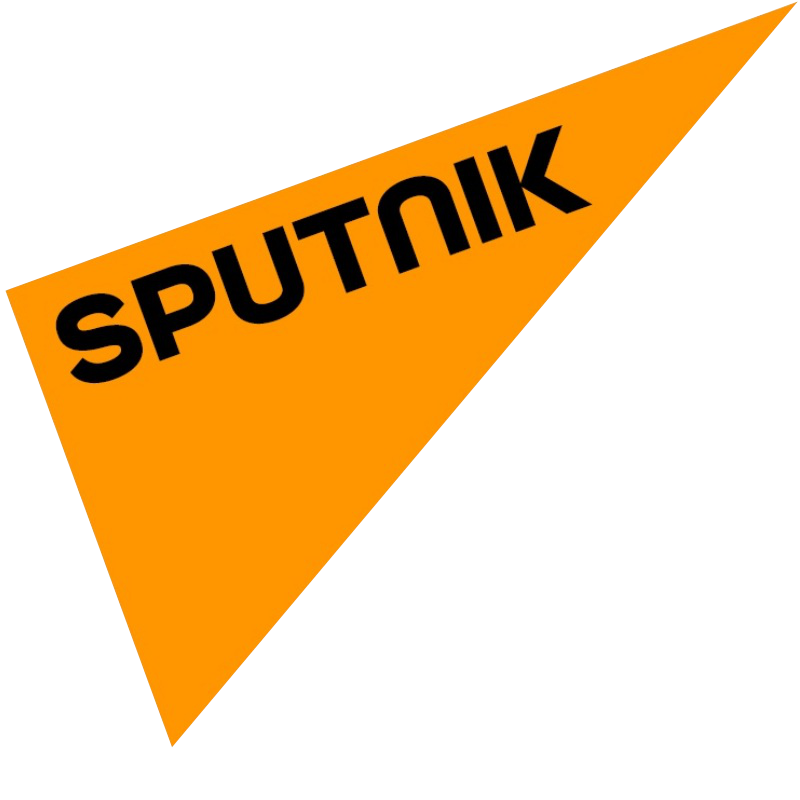SPUTNIK
20 Years On:
Timeline of NATO's War Against Yugoslavia
Timeline of NATO's War Against Yugoslavia
The NATO bombing of Yugoslavia began on 24 March 1999 and ended 11 weeks later, on 10 June.
According to various sources, up to 2,500 people died and over 6,000 were injured during the military campaign.
According to various sources, up to 2,500 people died and over 6,000 were injured during the military campaign.
The official reason for NATO air strikes was the protection of Kosovar Albanians from ethnic cleansing and "a humanitarian catastrophe."
This was how the West responded to the operations that were being carried out by Serbia's police and army against the Kosovo Liberation Army, which was considered a terrorist group in Serbia. By the summer of 1998, the KLA occupied almost 40% of Kosovo province and was waging a violent fight against the "Serbian occupiers".
This was how the West responded to the operations that were being carried out by Serbia's police and army against the Kosovo Liberation Army, which was considered a terrorist group in Serbia. By the summer of 1998, the KLA occupied almost 40% of Kosovo province and was waging a violent fight against the "Serbian occupiers".

© AP / Santiago Lyon
Fighters of the Kosovo Liberation Army
© AP
© AP
NATO's war of aggression against Yugoslavia lasted from 24 March to 10 June, 1999 and was the Alliance's second military campaign in the region after the 1995 bombing of neighboring Republika Srpska.
It was stated that the primary objective of the bombing was to destroy military facilities.
However, as a result of the air strikes, 25,000 residential buildings were destroyed, 470 kilometers of roads and 595 kilometers of railways were damaged, and 38 bridges were destroyed.
It was stated that the primary objective of the bombing was to destroy military facilities.
However, as a result of the air strikes, 25,000 residential buildings were destroyed, 470 kilometers of roads and 595 kilometers of railways were damaged, and 38 bridges were destroyed.
Damage was caused to 14 airfields, almost 40 hospitals and clinics, nearly 100 schools and daycare centers, and 176 cultural monuments.
According to Serbian data, it's estimated that 38% of the targets that were struck were civilian in nature.
1996
Albanian terrorists launch the first attacks against civilians and Serbian police in Kosovo.
November 1997
The militant Kosovo Liberation Army (KLA) declares its "fight for the freedom of Albanians from Serbian invaders". Weapons are smuggled from Albania to Kosovo.
March 1998
Yugoslav security forces neutralise one of the KLA leaders together with some of the group's members and civilians that refused to surrender. The West accuses Belgrade of excessive use of force.
September - October 1998
The UN Security Council calls for an immediate cease-fire in Kosovo and the start of negotiations between the conflicting parties. An OSCE mission is sent to Kosovo [Kosovo Verification Mission]. However, the number of attacks on Serbs in the region continues to rise.
January 1999
During an operation in the Kosovo village of Racak, Yugoslav security forces kill several dozen Albanian terrorists. The OSCE mission describes the incident as a "massacre of civilians". Later, Finnish forensic scientist Helena Ranta, who performed the autopsy [of the bodies of Kosovar Albanians], admitted that the report on the killing of civilians was made under pressure from the head of the OSCE mission. The events in Racak subsequently served as a justification for the attack on Yugoslavia.
February 1999
In Rambouillet, on the outskirts of Paris, through the mediation of the United States, Russia and the EU, negotiations between representatives of Yugoslavia and the Kosovo Albanians are held. The talks fail because of a clause in the agreement that Belgrade considers unacceptable: the deployment of a NATO-led force in Kosovo.
March 1999
The Kosovo Verification Mission leaves Kosovo. NATO Secretary General Javier Solana orders the start of a military campaign.
March 1999
On 24 March, bypassing the UN Security Council, NATO begins bombing Yugoslavia.
Losses

The Damage
According to Belgrade, the total value of the damage done to the country ranged from 30 billion to 100 billion dollars.

The Victims
The exact number remains unknown. According to Serbian estimates, between 1,200 and 2,500 people were killed and about 6,000 wounded.

The Bombing
2,300 air strikes were carried out against 995 targets across the country. About 420,000 bombs were dropped on Yugoslavia, some containing depleted uranium.

Three-year-old Milica Rakic become a symbol of the suffering of the Serbian people. The apartment where she lived with her parents was hit by shrapnel from a NATO bomb. The girl could not be saved.
NATO's spokesman Jamie Shea called civilian deaths resulting from air strikes "collateral damage".
The most infamous cases of civilian deaths
1
The bombing of a column of Albanian refugees near Djakovica and air strikes on a village in southwest Kosovo, near Prizren.
In total more than 160 killed were killed
2
The Lužane bus bombing (north of Pristina).
46 killed
3
The bombing of Radio Television Serbia (RTS) headquarters in Belgrade.
16 killed
4
The bombing of a Serbian passenger train in the Grdelica gorge.
14 killed
The bombing of a village in southwest Kosovo, near Prizren
The Lužane bus bombing (north of Pristina)
Last seconds of RTS broadcast before NATO bombing
The bombing of a Serbian passenger train in the Grdelica gorge
Yugoslav citizens during the NATO bombings in 1999
© AFP 2018 / Sven Nackstrand
© AFP 2018 / Sven Nackstrand
Although NATO forces greatly outnumbered the Armed Forces of Yugoslavia, the country put up a strong resistance, both in the air and on the ground.
The Alliance did not dare launch a ground operation, however, as the Serbian side claims, it took indirect part in two battles and both were unsuccessful.
The Alliance did not dare launch a ground operation, however, as the Serbian side claims, it took indirect part in two battles and both were unsuccessful.
The battle of Košare
The battle was fought at the Košare military outpost; there, for two months, a small group of Yugoslav armed forces resisted the attempts of KLA terrorists, supported by the Albanian army and NATO forces, to break into Kosovo.
The battle for Paštrik
The offensive launched by the KLA, Albanian and Alliance forces aimed to destroy the border units of the Yugoslav armed forces and provide a "corridor" in the event of a NATO ground operation.
Despite the fact that NATO had planned that the intervention would end with the quick defeat of the Yugoslav army, the air strikes lasted longer than it expected.
During negotiations, an agreement was reached on the withdrawal of the Serbian police and army from Kosovo and the deployment of a NATO-led international peacekeeping force - KFOR (Kosovo Force).
During negotiations, an agreement was reached on the withdrawal of the Serbian police and army from Kosovo and the deployment of a NATO-led international peacekeeping force - KFOR (Kosovo Force).

Yugoslavia-NATO peace talks in Kumanovo (Macedonia)
© AP

KFOR
© Sputnik/ Ilya Pitalev
© Sputnik/ Ilya Pitalev
At the same time, KFOR was tasked with disarming Albanian KLA terrorists, while Resolution 1244, adopted by the UN Security Council, recognised Kosovo as part of Yugoslavia.
Epilogue
Despite the declared "demilitarisation" of KLA terrorists, Kosovo formed its own Protection Corps, later known as Security Forces; in 2018 it established its own army.
© Sputnik
© Sputnik
Despite the fact that UN Security Council Resolution 1244 supposedly guaranteed the territorial integrity of the Federal Republic of Yugoslavia, in 2008, Kosovo, with the support of a number of members of the international community, unilaterally declared independence from Serbia.
© Sputnik
© Sputnik
After the deployment of the international peacekeeping force in Kosovo more than 200,000 Serbs and other non-Albanians left the region.
At the moment, the Serbs live only in northern Kosovo and in small enclaves.
At the moment, the Serbs live only in northern Kosovo and in small enclaves.
Photos: AP, Sputnik, Public Domain

